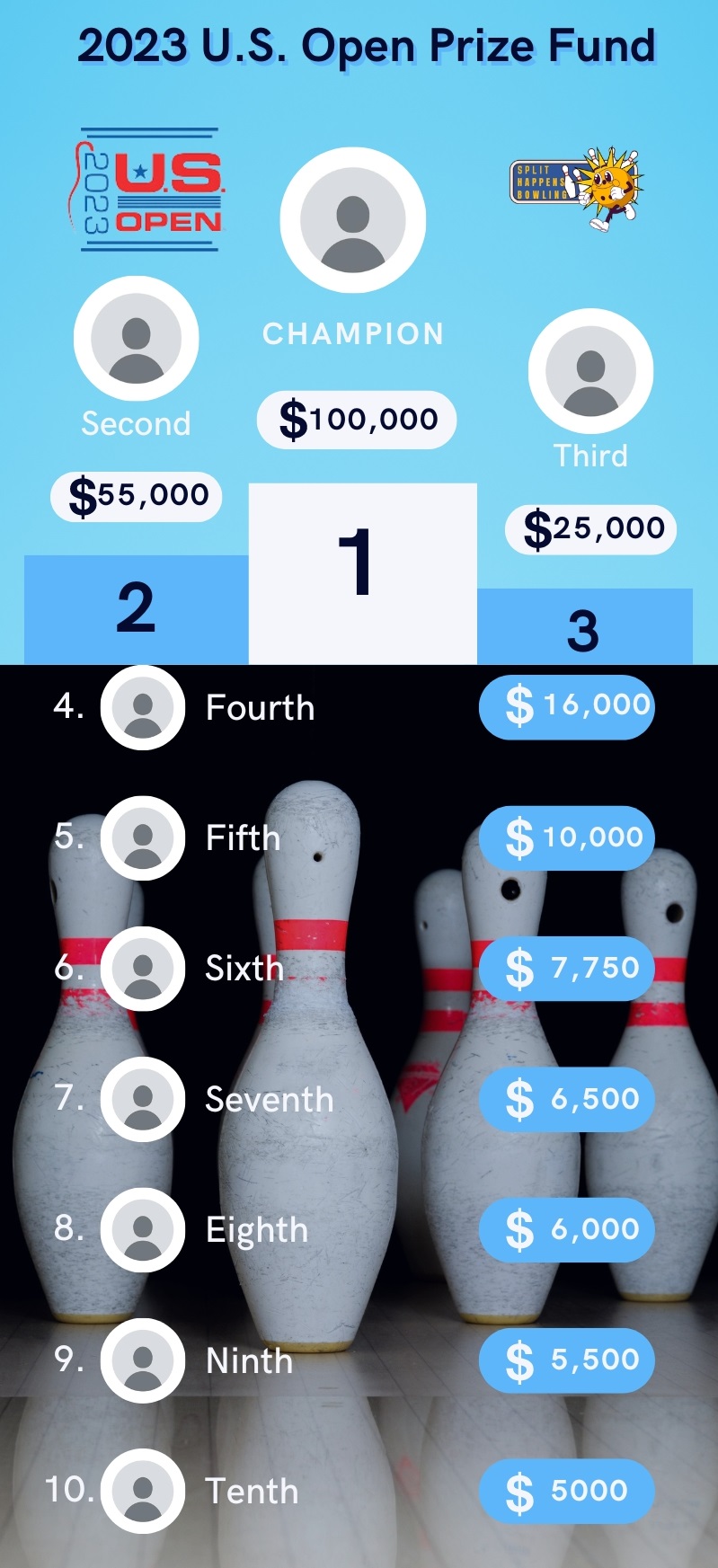Bowling is a beloved pastime that’s not just for weekends or your uncle’s birthday party. No, no, it’s a bona fide professional sport, complete with a history that’s very rich and fans more passionate than a teenage girl at a boyband concert.
Aside from being entertaining, there’s a whole other side to this game that’s as mysterious as the Bermuda triangle – the financial aspect of professional bowling.
Now, you might be wondering, “How much dough are these pros raking in? And just how much are sponsors influencing their income?” Today, I will talk about this topic, so read on to learn more.
| Income Source | Description |
|---|---|
| Tournament Winnings | The most straightforward income for a bowler comes from winning or ranking high in tournaments. |
| Sponsorships and Endorsements | Brands interested in reaching the bowling audience may sponsor players, providing equipment, clothing, or financial support. |
| Appearance Fees | Some pro bowlers get paid just for showing up at certain events or promotional activities. |
| Teaching and Clinics | Many pro bowlers supplement their income by offering lessons or conducting bowling clinics. |
Tournament Winnings
Bowling tournaments are scattered throughout the year, with some more prestigious and lucrative than others. The Professional Bowlers Association (PBA) Tour, for instance, hosts several tournaments, and the prize money varies. A standard PBA tournament might have a top prize ranging from $10,000 to $20,000, while major championships can offer winnings of $50,000 to $100,000 for the victor.
However, only a small percentage of participants win these substantial amounts. The majority of players might take home smaller payouts, often not enough to cover travel and accommodation costs.
Sponsorships and Endorsements

Sponsorships are where the finances of this sport become intriguing. Leading brands in the bowling industry, like Brunswick, Storm, or Hammer, have vested interests in endorsing top-performing athletes. These sponsorships can come in different flavors:
- Equipment Deals: Brands provide bowlers with the latest balls, shoes, and accessories.
- Financial Endorsements: In addition to or instead of equipment, some brands offer direct monetary endorsements.
- Bonus Structures: Certain agreements include bonuses for televised appearances or wins using a brand’s equipment.
It’s hard to pin down the exact figures, but top-tier bowlers might receive endorsements ranging from $5,000 to $50,000 annually, sometimes even more, especially if they maintain a high profile and consistent performance.
Appearance Fees and Other Revenue Streams

Being a top player or having a charismatic personality can lead to opportunities beyond the lanes. Manufacturers or tournament organizers may pay top-tier bowlers appearance fees ranging from $1,000 to $5,000 (or more) per event.
Furthermore, bowlers with a knack for teaching often hold clinics or offer private lessons. They might charge anywhere from $50 to $200 per hour for their expertise.
Let’s Crunch the Numbers
- During the golden age of professional bowling in the 1960s and 1970s, pro bowlers made significantly more, even surpassing the earnings of NFL stars of that era.
- In the present day, the average yearly salary of a pro bowler is between $45,000 to $50,000, excluding sponsorships.
- Top-tier bowlers can earn considerably more, with the best in the sport making around $250,000 to $300,000 annually.
Earnings from Tournaments
- The earnings from tournaments can vary widely based on the type, prize money available, and the bowler’s finishing position.
- Some tournaments might offer $5,000 to $10,000 even to those eliminated in the initial rounds.
- Major tournaments, like the PBA Players’ Championship, had a prize fund of $1 million, with the winner taking home $250,000.
- Generally, top tournaments pay victors anywhere from $50,000 to $100,000, with the runner-up earning about half of that. Payouts decrease for lower placements.
Sponsorship Earnings

- Sponsorship earnings can vary significantly based on the bowler’s reputation and achievements.
- Top performers and legends in the sport, like Norm Duke, are more likely to secure lucrative deals.
- Sponsorship earnings can range from a few hundred dollars (to cover the cost of a bowling ball) to thousands of dollars for wearing a brand’s logo.
- Some bowlers also have backers who cover their entry fees and living expenses, often in exchange for a share of the bowler’s tournament earnings.
Earnings of Women Pro Bowlers
- The average earnings for a women’s professional bowler range from $30,000 to $50,000 annually.
- Top women bowlers can earn between $75,000 to low six figures.
Highest-Paid Bowlers
- Walter Ray Williams Jr set a PBA single-season earning record with $419,700.
- Other top earners from the PBA Tour include Jason Belmonte ($293,050), Bill O’Neill ($272,285), Anthony Simonsen ($227,130), Kristopher Prather ($223,285), and EJ Tackett ($149,250).

The Reality for Many

Let’s put it this way. In our little fantasy world here, we’re talking about a pro bowler who’s basically the Beyoncé of the bowling alley. Not everyone’s that lucky, you know. Most pro bowlers out there are struggling to get sponsors that stick around or win those shiny trophies on the regular. Some of them are just scraping by with a measly 20,000 to 30,000 a year, especially when they’re still newbies.
Now, you might’ve heard those big numbers being thrown around on TV, but let me tell you, those are for the big shots, the cream of the crop, the top 5% who’ve managed to become the cool kids of bowling. The rest of them? They’re the unsung heroes, working their butts off for the love of the game more than the love of money.
Is Bowling a Lucrative Career?

Bowling, for most, is a labor of love. The potential earnings, while decent, often don’t compare to mainstream sports like basketball, football, or tennis. Sponsorships can significantly improve a bowler’s income, but they’re typically reserved for those who’ve consistently proven themselves or have a marketable persona.
For someone contemplating a career in professional bowling, it’s essential to approach it with realistic expectations. While the allure of strikes, spares, and shiny trophies is undeniable, the financial road can be bumpy and challenging.
Yet, for those who strike a balance (pun intended) between passion and pragmatism, bowling offers a unique and fulfilling path. The roar of the crowd after a perfect game, the camaraderie among players, and the thrill of competition can sometimes be worth more than any paycheck.
Summary
The lanes of professional bowling, unlike the flashy courts of basketball or sprawling football fields, offer a distinct blend of challenge and reward. While the monetary spoils may not reach the astronomical figures of some mainstream sports, they paint a picture of dedication, passion, and the occasional jackpot for those who excel.
Sponsorships, endorsements, and winnings can create a comfortable life for the elites, but for many, it’s the love of the game that truly counts. As aspiring bowlers lace up their shoes and aim for that perfect strike, it’s clear that the rewards of this sport, both tangible and intangible, are unique and captivating in their own right.







